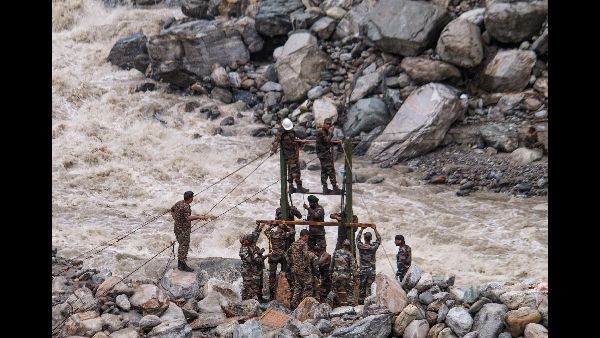
Tragedy struck the Wolaita area in southern Ethiopia as a devastating landslide claimed at least 13 lives, with the death toll expected to rise. The disaster, triggered by heavy rains, has forced the evacuation of over 300 people from the affected Kindo Didaye district.
Local official Samuel Fola confirmed that children were among the casualties and expressed concern about the unknown number of missing individuals. The regional government has launched a frantic rescue operation in response to the crisis.
While this incident appears less severe than a recent landslide in another part of southern Ethiopia that claimed over 200 lives, it highlights the ongoing vulnerability of the region to such natural disasters. The mountainous terrain of Wolaita, combined with limited infrastructure, makes the area particularly susceptible to landslides during the rainy season, which typically lasts from July to mid-September.
This latest tragedy serves as a grim reminder of the recurring nature of such events in the wider East African region. From Uganda’s mountainous east to Kenya’s central highlands, communities continue to grapple with the deadly consequences of flash floods and mudslides, underscoring the urgent need for improved disaster preparedness and response measures.
